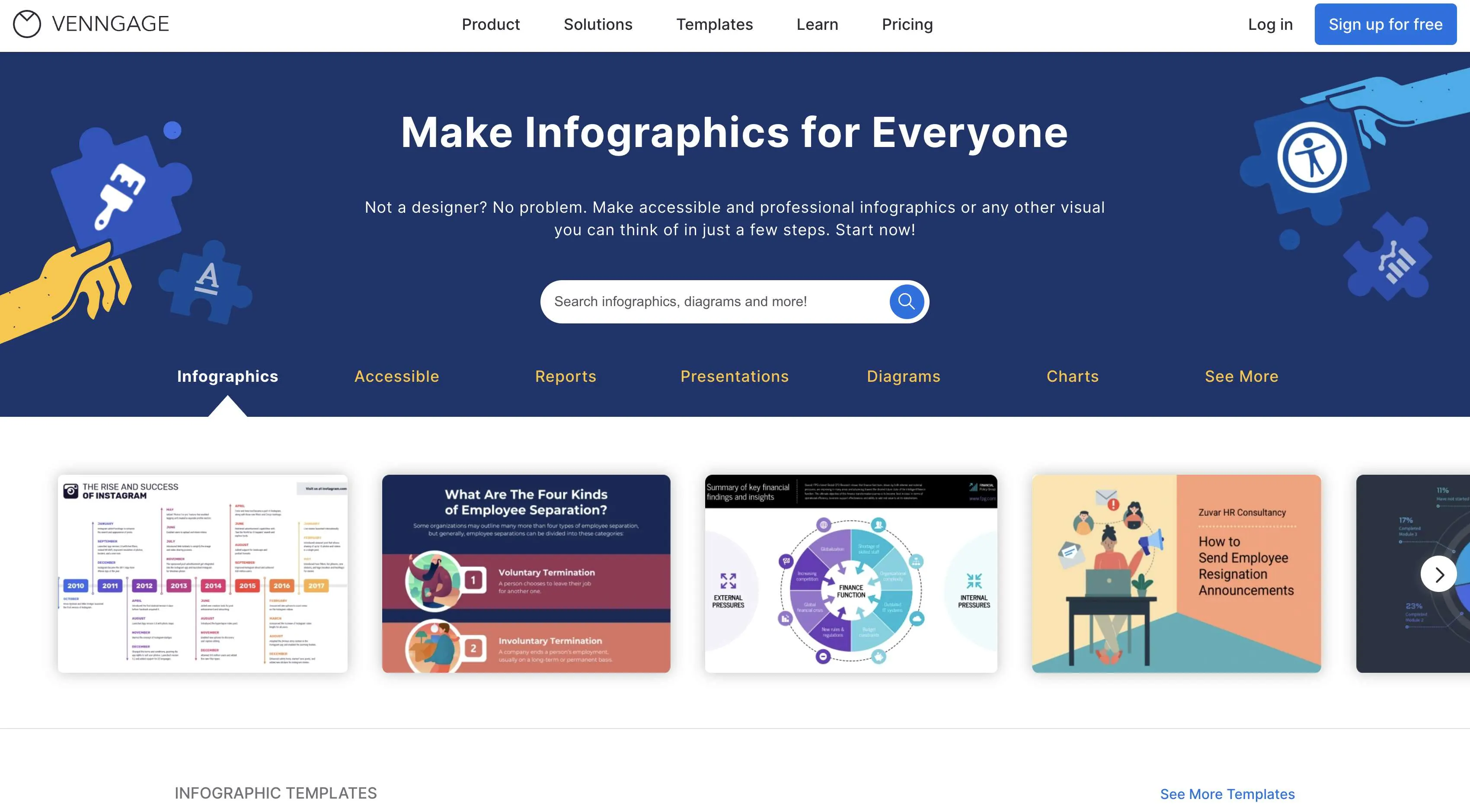Exploring the Relationship Between Web Design and Search Engine Optimization
Exploring the Relationship Between Web Design and Search Engine Optimization
Blog Article
How Efficient Internet Style Can Boost Individual Experience and Conversions
In the significantly competitive electronic landscape, efficient internet layout plays an essential function in boosting customer experience and driving conversions. As we explore the essential elements that add to successful internet design, it comes to be obvious that the effect on customer fulfillment and conversion rates is extensive.
Significance of User-Centric Design
In the realm of web layout, focusing on user-centric design is paramount for creating effective electronic experiences. This technique concentrates on recognizing the requirements, preferences, and actions of individuals, making sure that electronic interfaces are instinctive and available (Web design). By incorporating user responses into the style procedure, internet designers can craft experiences that resonate with their target audience, inevitably bring about enhanced engagement and satisfaction
User-centric style stresses functionality, which is vital for maintaining users and minimizing bounce rates. When users can navigate an internet site easily, they are a lot more likely to discover its web content and transform right into customers.

Trick Components of Effective Layout
Efficient design functions as the backbone of user-centric internet layout, translating individual requires into visual structures that promote communication. A well-organized layout focuses on content through a clear hierarchy, guiding users' eyes to important info. This pecking order is frequently established making use of dimension, spacing, and shade, making sure that essential components stick out.
An additional secret element is the usage of whitespace, which avoids overcrowding and enhances readability. Web design. Whitespace permits aspects to take a breath, making the total layout appear cleaner and easier to browse. Additionally, uniformity in layout elements, such as colors and typefaces, promotes familiarity and trust, enabling individuals to navigate the site with greater convenience
Grid systems can likewise be indispensable, providing a framework that aligns web content realistically and cosmetically. This positioning boosts the customer experience by creating an organized aesthetic flow. Versatility in design-- like responsive style-- ensures that internet sites carry out well across numerous gadgets, catering to varied customer preferences.
Ultimately, a reliable design not just captivates users yet likewise encourages them to engage more deeply, ultimately driving conversions and meeting company objectives. By concentrating on these crucial elements, developers can develop formats that resonate with customers and boost their total experience.
Navigational Ideal Practices
Intuitive and clear navigating is crucial for enhancing customer experience on a site. A well-structured navigation system enables individuals to discover information swiftly, which straight affects their contentment and possibility of conversion - Web design. Carrying out an ordered framework is crucial; use groups and subcategories that rationally team relevant web content, making it less complicated for site visitors to explore
Make certain that switches, food selections, and web links preserve harmony in style, color, and positioning across all pages, providing customers with a familiar structure as they navigate. Rather of common terms, opt for clear tags that properly reflect the web content, assisting individuals in making informed decisions.

Mobile Responsiveness and Availability

Accessibility, on the various other hand, focuses on making internet sites functional for individuals with specials needs. This consists of sticking to guidelines such as the Web Content Access Guidelines (WCAG), which deal with concerns like color comparison, text size, and keyboard navigating. By implementing these criteria, internet designers can create inclusive experiences that deal with a more comprehensive target market, thus improving individual involvement and fulfillment.
In addition, mobile responsiveness and availability not only improve individual experience yet likewise favorably effect search engine positions. Look engines focus on available and mobile-friendly sites, making them more most likely to appear in appropriate search results page. Subsequently, investing in these aspects of internet layout not only fulfills customer requirements but likewise adds to total business success through enhanced exposure and boosted conversion prices.
Gauging Success Via Analytics
Tracking customer communications and habits through analytics is necessary for evaluating the success of a website. By leveraging devices such as Google Analytics, services can collect critical data that exposes how individuals engage with their site. Metrics such as bounce prices, average session period, and conversion rates give understandings right into individual habits and can highlight areas for improvement.
Comprehending user demographics and website traffic sources further improves an internet site's effectiveness. This information permits internet developers to tailor content and layout elements to better satisfy the requirements of their target audience. Furthermore, tracking specific customer trips aids recognize possible traffic jams in the conversion channel, making it possible for services to maximize their web layout appropriately.
A/B screening different style a knockout post components can provide concrete evidence of what resonates with individuals, permitting for informed decisions based on real-world performance. Eventually, determining success through analytics not just boosts user experience but also drives conversions, guaranteeing that internet design browse around this web-site efforts align with company goals.
Conclusion
In verdict, reliable website design plays a pivotal role in improving individual experience and driving conversions. By focusing on user-centric concepts, applying vital design aspects, and making sure instinctive navigating, web sites can engage a varied target market. Mobile responsiveness and availability additional add to a seamless communication for all individuals. Inevitably, determining success through analytics permits continual enhancement, guaranteeing that layout approaches continue to be straightened with customer demands, thus promoting business growth and success.
In the significantly competitive electronic landscape, effective internet style plays a pivotal duty in improving customer experience and driving conversions. By integrating customer responses into the layout process, internet designers can craft experiences that reverberate with their target audience, eventually leading to increased involvement and complete satisfaction.
Inevitably, the value of user-centric layout exists in its ability to produce purposeful interactions that drive conversions and foster lasting relationships with individuals, making address it an important part of successful web layout methods.
Ultimately, determining success via analytics not only improves individual experience yet also drives conversions, making certain that web design initiatives align with service purposes.In conclusion, efficient internet layout plays a crucial role in improving customer experience and driving conversions.
Report this page